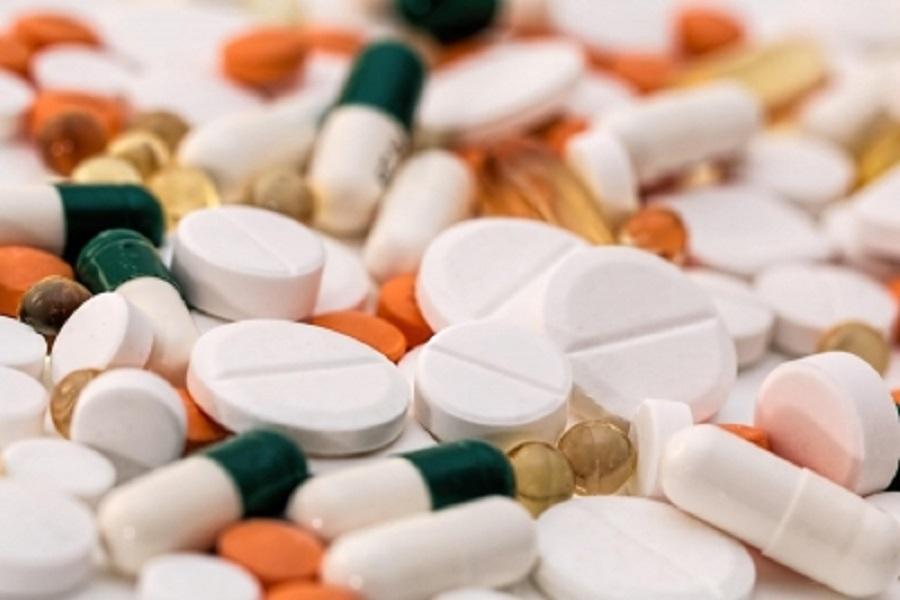
Electronics & Pharma Secure 70% of FY25 PLI Funds: Govt Data
The government’s Production Linked Incentive (PLI) scheme, launched in 2021 to boost domestic manufacturing, has yielded significant results in its first year. According to official data, the electronics and pharma sectors have emerged as the top beneficiaries, receiving a whopping 70% of the total funds disbursed under the scheme in FY25.
The data reveals that the electronics sector received a massive ₹5,732 crore, while the pharma industry received ₹2,328 crore, making them the largest recipients of the ₹10,114 crore disbursed under the PLI scheme. This significant allocation of funds is a testament to the government’s commitment to creating a robust domestic manufacturing ecosystem.
Launched with the aim of promoting value addition and increasing India’s share in global trade, the PLI scheme was initially rolled out for 14 key sectors. The scheme provides financial incentives to eligible companies that invest in new production capacities, thereby encouraging them to increase their production and exports.
The electronics and pharma sectors have been identified as key drivers of growth in the country’s manufacturing sector. The electronics sector, in particular, has been a significant contributor to India’s GDP, with a growth rate of over 15% in recent years. The sector is expected to continue its upward trajectory, driven by increasing demand for electronics and smartphones globally.
The pharma sector, on the other hand, has been a major contributor to India’s healthcare industry, producing over 20% of the world’s generic medicines. The sector has also been a significant exporter, with a growth rate of over 10% in recent years.
The allocation of funds to these sectors is expected to have a multiplier effect on the economy, creating jobs, driving economic growth, and increasing exports. The scheme is also expected to attract foreign investment, as companies look to partner with Indian firms to capitalize on the incentives.
Other sectors that received significant allocations under the PLI scheme include:
- Auto and auto components: ₹1,243 crore
- Pharmaceuticals: ₹1,052 crore
- Specialty steel: ₹923 crore
- Food processing: ₹731 crore
- Textiles: ₹631 crore
- Woven and knitted fabrics: ₹531 crore
While the PLI scheme has been successful in attracting investments and increasing domestic manufacturing, there are concerns about the impact of the scheme on the economy. Some experts have raised concerns about the scheme’s potential to create a competitive imbalance, as it provides significant incentives to companies that invest in new capacities.
Additionally, there are concerns about the scheme’s ability to create a level playing field for domestic companies, particularly small and medium-sized enterprises (SMEs). Many SMEs may not have the resources or expertise to take advantage of the scheme, which could lead to a concentration of benefits among larger companies.
Despite these concerns, the PLI scheme has been hailed as a significant step towards promoting domestic manufacturing in India. The scheme’s success in attracting investments and increasing domestic production is expected to have a positive impact on the country’s economy, driving growth and creating jobs.
In conclusion, the allocation of 70% of the PLI scheme funds to the electronics and pharma sectors is a significant step towards promoting domestic manufacturing in India. While there are concerns about the scheme’s impact on the economy, the scheme’s success in attracting investments and increasing domestic production is expected to have a positive impact on the country’s economy.
Source:






